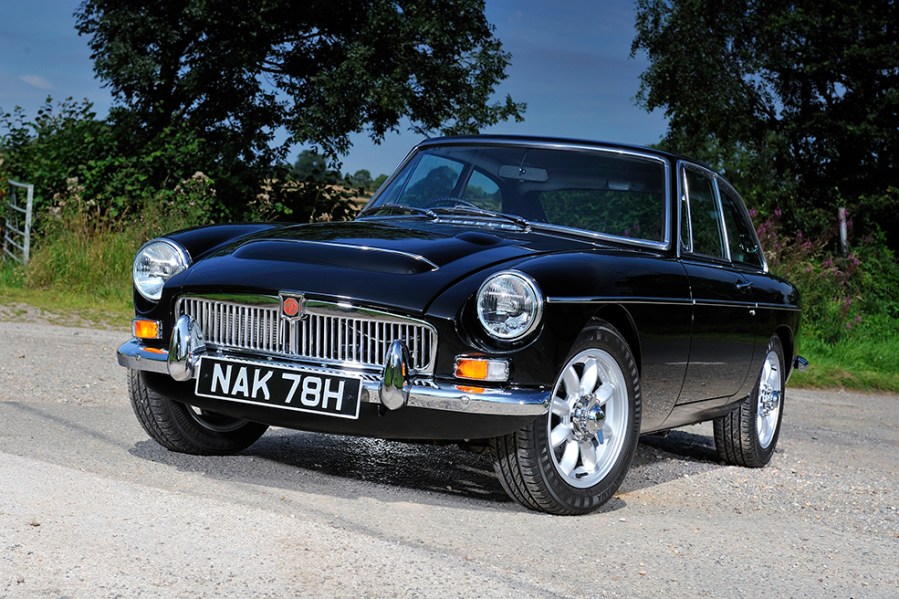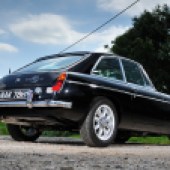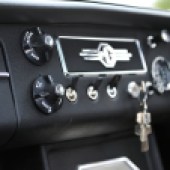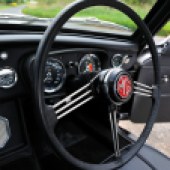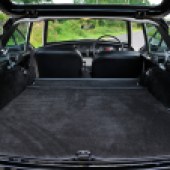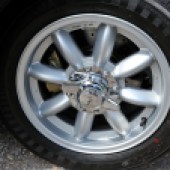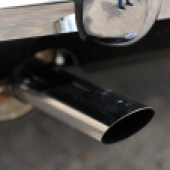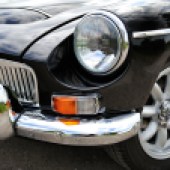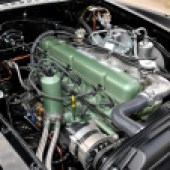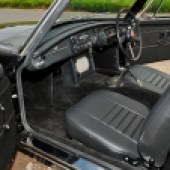The MGC was commercial failure when new but a good example is actually a much nicer car to drive than initial road tests suggested. Here’s what to look for
When the MGC was introduced at the 1967 Earls Court Motor Show, great things were expected from what at the time was considered to be the most powerful road going MG to date. Unfortunately for MG and its parent company British Motor Holdings (BMH), the hype surrounding the powerful new sportscar started to unravel almost before the MGC reached the showroom.
This unfortunate situation was down to successive period road testers commenting about being left with aching arms and sore shoulders as a result of the MGC’s heavy steering and expressing their disappointment at the lack of grunt produced by the new MG’s twin SU fuelled 2912cc straight-six.
While the initial road tests reported how the ‘C was cursed with significant understeer didn’t help boost the car’s appeal, the complaint was found to be totally unfounded when it transpired how the BMC team tasked with preparing the cars for the press launch had underinflated the front tyres.
Another blow to the C-Series powered MGC’s rapidly depreciating image was when BMH’s over imaginative marketing department hinted how the new six-cylinder MG had been introduced to fill a gap vacated by the recently withdrawn Austin-Healey 3000. The fact that the new MGC Roadster and tin topped GT enjoyed virtually the same profiles and interior layout as their four-cylinder siblings were other important factors that failed to ignite the ‘C’s showroom appeal.
Only 9,000 MGCs (almost exactly evenly split between roadsters and GTs) were sold before production came to an end in 1969. However, despite the poor start the MGC has matured with age and like many BMH/BL products of the time, it’s been down to enthusiasts to discover the lost potential in the standard car. Even when the MGC was in production, tuning firms such as Downton were providing kits to squeeze over 200 horsepower out of the C-Series power plant, turning a lazy cruiser into a real red-blooded sports car.
Over the years, owners have experimented with various makes of tyres inflated to different pressures and this together with modifications to the suspension and steering have helped to bring handling characteristics up to the level expected from a car graced with the marque’s famous octagonal badge.
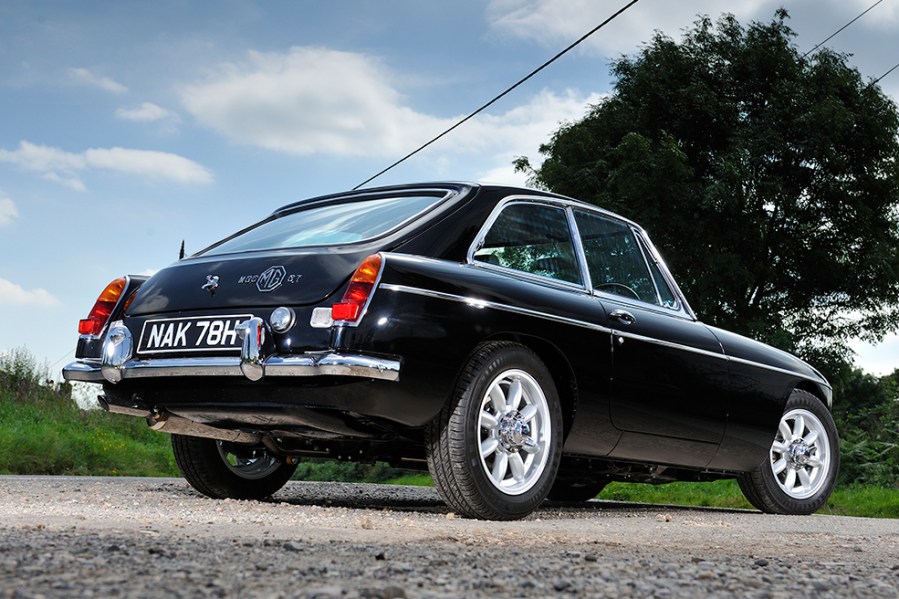
Bodywork
The good news is that most of the MGC’s visible panel work, with the exception of the car’s lightweight alloy bonnet, is shared with the MGB.
Unfortunately, this similarity is only skin deep as the whole substructure from the front floor pans forward is very different. This difference is to accommodate the longer and heavier power unit, as well as the torsion bars used for the front suspension. These are anchored to a pair of triangular box sections welded to the floorpans, and repair panels such as inner wings and footwells are not available as direct replacements for the C. Any repairs in these areas will require custom formed fabrications to make good any corrosion damage. This means the area where the torsion bar mountings are located under the floor should be checked carefully, as dirt thrown up by the front wheels can collect there and rusted metal will be the result.
Other checks should take in the condition of the sills, which comprise of four panels: an outer and inner part sandwiching an internal membrane capped off with a full length ‘castle’ rail running underneath. The sills on the MGC terminate deep inside the front and rear wings and this is where serious corrosion can hide out of sight.
When inspecting underneath the front wings, make sure the vertical steel splash panels and rubber seals are still in place behind the wheels. If these are missing, dirt and water will have gained access to the sill ends as well as the inner wings and outer edges of the front bulkhead.
Points to check underneath the car are the security of the cages containing the two six-volt batteries, the condition of the floor pans and chassis legs (especially around the rear spring hangers), boot floor and the upper part of the fuel tank, which can rust out on the top.
Other favourite rust spots on these cars include the front wings around the headlamps, the front and rear lower valances behind the bumpers, the beaded seams running along the top of the rear wings and the ones where the front wings meet the windscreen scuttle. GTs can suffer from corroded windscreen surrounds and tailgates that rust badly at the base and around the rubber glazing seal.
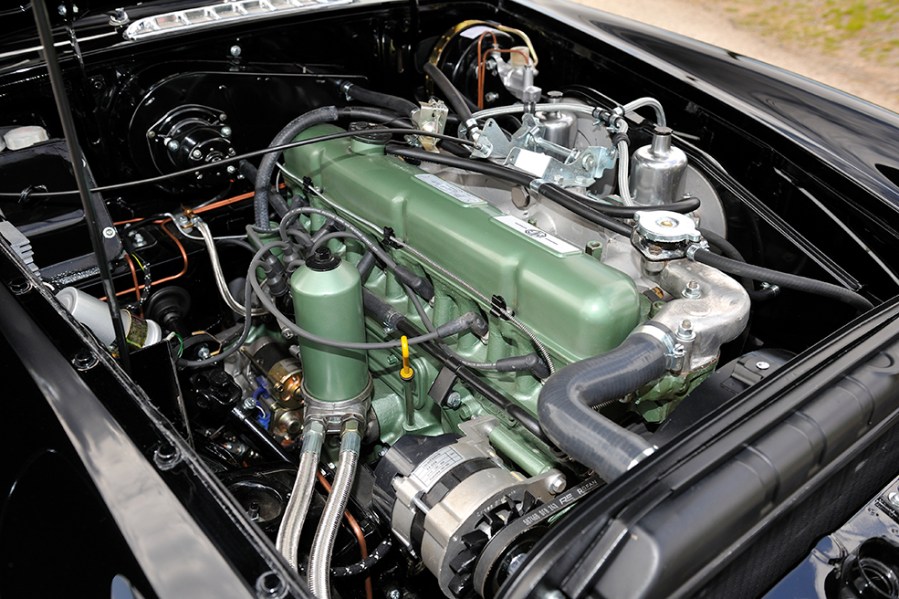
Engine and transmission
It may be heavy and slow revving, but the C-Series engine is a very durable unit and doesn’t suffer from any inherent issues. The version fitted to the MGC was redesigned to shed weight and has seven instead of five main bearings. First thing to check is the condition of the coolant, as the radiator on these cars is a bit on the small size due to where it’s located.
Check that the coolant looks fresh and there’s no mayonnaise style gloop is floating around in the header tank. Regular flushing helps keep the coolant moving around the engine, and some cars will have been fitted with an electric fan to aid cooling. While looking around the engine bay, check for any leaks and consider it a bonus if the car being viewed has a triple SU set up, as the engine may have benefitted in the past from having the head ported and a different camshaft fitted to boost performance.
The MGC uses a stronger Salisbury rear axle and manual gearbox to the ones fitted to the MGB, although the C’s ‘box was often criticised for having an awkward and baulky gear change. Overdrive was offered as an optional extra and some cars may have gained this desirable option over the years but have still retained the standard car’s 3:3.1 rear axle (3:7.1 for cars with overdrive).
However, this isn’t really an issue if a 3:3 differential has been retained, as it gives a converted car extra long legs! A three-speed automatic was also offered and providing the fluid looks clean, these seem to go on forever.
Driving the car out on the open road is the best way to check the transmission. Any whines, rumbles or unusual noises will indicate a problem with the bearings and synchromesh, while a slipping clutch while pulling away and jumping out gear on the overrun will be self-evident.
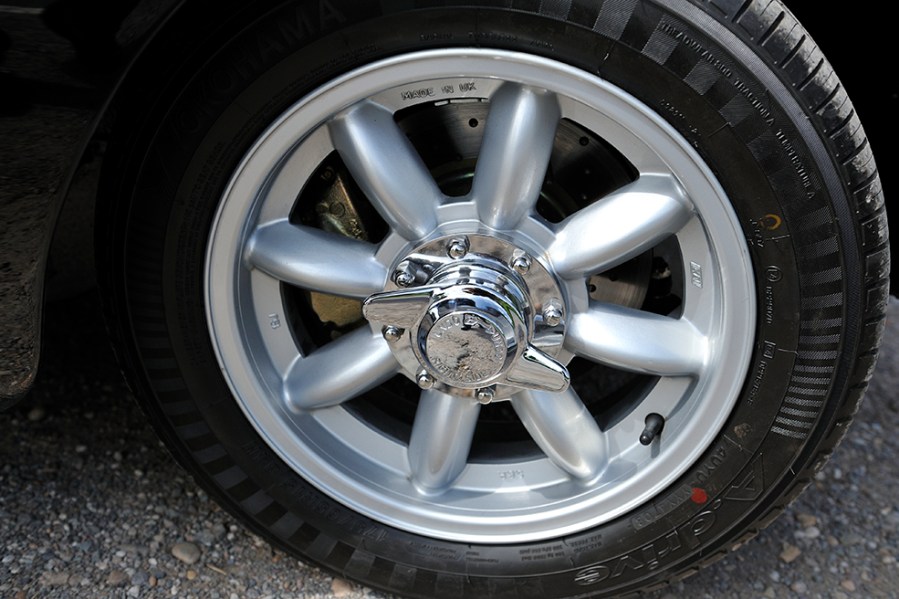
Steering, suspension and brakes
The MGC’s front suspension comprises of long fore and aft torsion bars and a pair of kingpins sandwiched between upper and lower control arms kept under control by telescopic dampers. Check for signs that the kingpins have been regularly greased and also inspect the condition of all the rubber bushes.
The MGC is nose-heavy and this puts a lot of strain on the steering and suspension. Any worn joints or bushes will be easily detected by soggy handling. Steering is by rack and pinion, electrically operated after market power steering will be a definite bonus, and some cars may have been fitted with an uprated anti-roll bar to improve handling.
The rear suspension is the familiar leaf springs with lever arm dampers set-up of the period. Looking at the condition of the springs for any rust between the leaves and signs of leakage on the dampers will give a good indication as to the condition the rear suspension.
A decent set of tyres – preferably 185-section rather than the standard 165s – inflated to the correct pressure are the key to get the best out of a MGC’s handling characteristics and it’s worth noting that the MGC was fitted with larger five-stud steel wheels than the MGB.
Most MGC models on the market today will be probably sitting on a set of sparkling chrome wires, which should be checked for any loose or damaged spokes. Although the MGC is equipped with a pair of disc brakes at the front and drums at the rear, the set-up is subtly different to the MGB’s.
The MGC uses a larger Girling system, while its four-cylinder sibling employs a Lockheed setup, while some C’s reimported from the USA may still retain their two servos – one per side for the dual circuit braking system. UK spec cars were fitted with a single servo. Checks to the braking system should include looking out for worn discs, leaking calipers and wheel cylinders, damaged or corroded fixed brake lines and worn or perished flexible brake pipes.

Interior and trim
Don’t dismiss a structurally sound MGC with a shabby interior, as every bit of hard and soft trim for these cars is available. Custom built full leather interiors in a variety of styles and colours are also available and it depends on the depth of your wallet as to what’s available.
If viewing a GT, make sure the headlining is in good condition and if a folding fabric sunroof is fitted to the car, ensure it’s not ripped and remains watertight. Finding specialists with the knowledge to refurbish a tatty Webasto roof at a reasonable price these days can be difficult and replacing a water stained or damaged headlining on the GT can be a major headache.
When checking the interior, make sure all the switch gear and instruments work as they should. There are not too many driver’s aids in the MGC but if the car’s fitted with overdrive, make sure this desirable extra seamlessly slots in when third and fourth gear is selected.
Most issues with this type of overdrive will be down to problematic electrics or a failed solenoid and can generally be quite straight forward to sort out. It’s interesting to note that the only real differences between the MGC’s interior and the ‘B is a different steering wheel and a speedo that reads up to 140mph, whereas the ‘B’s only goes up to 120mph – everything else is virtually identical.
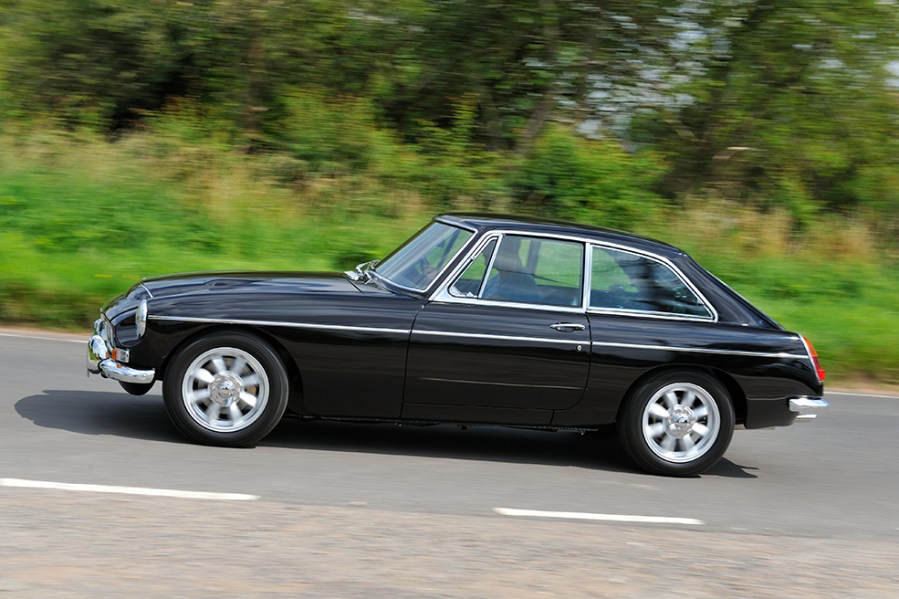
MGC: our verdict
A well set-up example of the MGC will provide a comfortable ride, which when combined with a straight-six delivering its power smoothly makes for excellent grand touring cruising capabilities. Over half a century after its launch, enthusiasts who now understand the MGC are praising the car as a superb long-distance continent-crushing proposition. If you like your sports car with a bit of grunt, the MGC is a solid yet slightly left-field choice.
With prices for excellent MGC Roadsters now beyond the £30,000 barrier, the model’s shaky start has largely been forgotten and these good-looking sportscars make an interesting alternative to a four-cylinder MGB. Prices for the desirable Roadster will always be slightly ahead of the GT, although automatic versions may be slightly cheaper.

